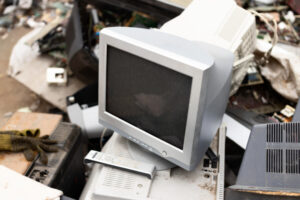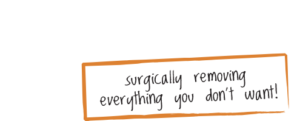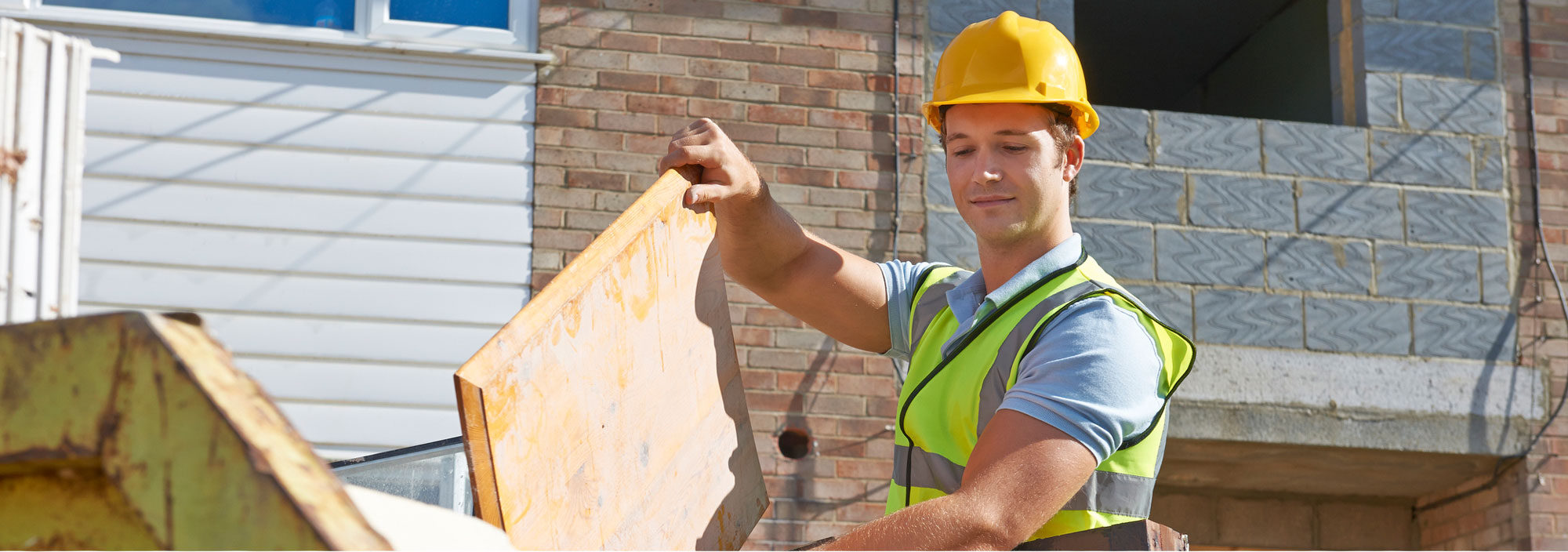Steps to Safely Remove Flood-Damaged Items

Floods can cause a mess, leaving homes filled with water-damaged items. Managing the aftermath is tough, especially when deciding what to save or throw away. Taking the right steps can make this process safe and more manageable.
With the right approach, removing flood-damaged items becomes a structured and less stressful task, helping to restore normalcy to your home quickly and safely.
Assessing the Damage: Identifying Items to Salvage or Discard
After a flood, it’s vital to carefully check which items can be saved and which should be disposed of. Start by examining everything closely. Look for signs of damage, like water stains, mould, or warped wood. These clues will help you understand the extent of the damage and determine what steps you need to take.
Begin with a simple sorting process. Divide items into three groups:
1. Salvageable Items
These are things that can be dried and cleaned. Check if they are still structurally sound and free from mould. Items like metal and plastic furniture often fall into this category.
2. Unsavable Items
These include items beyond repair. Water-logged carpets, soaked mattresses, and electronics are often damaged beyond repair. These should be removed quickly to prevent health hazards.
3. Possibly Salvageable
Some items, like wooden furniture or clothing, might be saved with the right treatment. Consider professional cleaning for these items.
Evaluate each item’s sentimental and practical value, too. Some things are worth the effort to restore due to their personal significance. Make notes to remember which items need extra care. This sorting process not only helps in making quick decisions but also sets the priority for cleanup.
Essential Safety Gear for Handling Flood-Damaged Items
Safety is crucial when dealing with flood-damaged belongings. You should wear the right protective gear to shield yourself from dangers like sharp debris or harmful microbes. Proper gear ensures your removal efforts are safe and efficient.
Here are the essential safety items:
Rubber Gloves
These protect your hands from dirty water and sharp objects. Thick, sturdy gloves are a good choice.
Safety Goggles
Protect your eyes from contaminated water splashes or irritants like mould spores dropped from dislodged materials.
Masks or Respirators
These are crucial for preventing inhalation of dust, mould, or chemical fumes. N95 respirators offer a higher level of protection.
Sturdy Boots
Waterproof boots with steel toes are best for protecting your feet from debris and keeping them dry.
Protective Clothing
Wear long sleeves and pants to reduce skin exposure. Consider using a disposable coverall for maximum protection.
Check the condition of all your safety gear before you begin the cleanup. Ensure that everything fits well and doesn’t have any damage. This careful preparation allows you to confidently approach flood-damaged areas, knowing you’re protected from visible and invisible threats.
Proper Techniques for Safe Removal and Disposal
Once you’ve assessed the damage and geared up for safety, the next step is to properly remove and dispose of the flood-damaged items. Doing this correctly helps prevent further damage to your property and ensures safe waste handling.
Step 1: Plan Your Removal Route
Organize a clear path from the affected area to the outside of your home. This avoids dragging wet, dirty items through other clean parts of your house.
Step 2: Remove the Damage
Start with the largest items first, such as furniture or carpets. Disassemble items when possible to make them easier to handle. Always lift with your legs, not your back, to avoid injury.
Step 3: Dispose of Debris Safely
Use strong garbage bags for smaller items and debris. Be aware of local waste regulations for disposing of electronics and large furniture, as special collections might be required.
Step 4: Clean Up Immediate Hazards
After the removal, address any hazards left behind, such as sharp objects or water puddles. Mop up excess water to prevent slips and further structural damage.
By following these techniques, you efficiently manage the removal process, protecting your home and family from additional risks.
Cleaning and Restoring Salvageable Belongings
Now that damaged items are out, focus on cleaning and restoring things you can save. This step involves some patience but makes a big difference in what you can use.
Cleaning
Begin by airing out rooms with fans or open windows to help things dry faster. Wipe down wooden items with a dry cloth. Avoid strong chemicals that might harm the surfaces. Upholstered furniture should be professionally cleaned to remove dirt and bacteria that seeped in during flooding.
Restoring
Restoration might be worth considering for sentimental or valuable items. Books can sometimes be saved in a dry, well-ventilated area. If mould is present, consult a restoration specialist to decide the best course of action.
Check Electronics Carefully
Before testing any electronics, allow them to dry completely. If you’re unsure, take them to a professional who can safely assess and possibly salvage the device.
Remember, time is crucial. The sooner you act in cleaning and drying, the better chance you have of restoring your belongings. Prioritize your list based on the item value and necessity.
Conclusion
Handling flood-damaged items can seem overwhelming, but you can navigate this process safely and effectively with a methodical approach. From the initial assessment to careful cleaning and disposal, each step helps restore your home to its former state. Ensuring proper safety measures and following best practices will protect both you and your home.
Dr. Waste is here to assist those burdened by the cleanup. Our team of professionals offers expert junk removal in Kingston to help you easily handle flood-damaged items. Whether it’s removing large furniture or addressing site protection, we provide environmentally-friendly solutions to suit your needs. Contact Dr. Waste today, and let us help you reclaim your space swiftly and safely.

